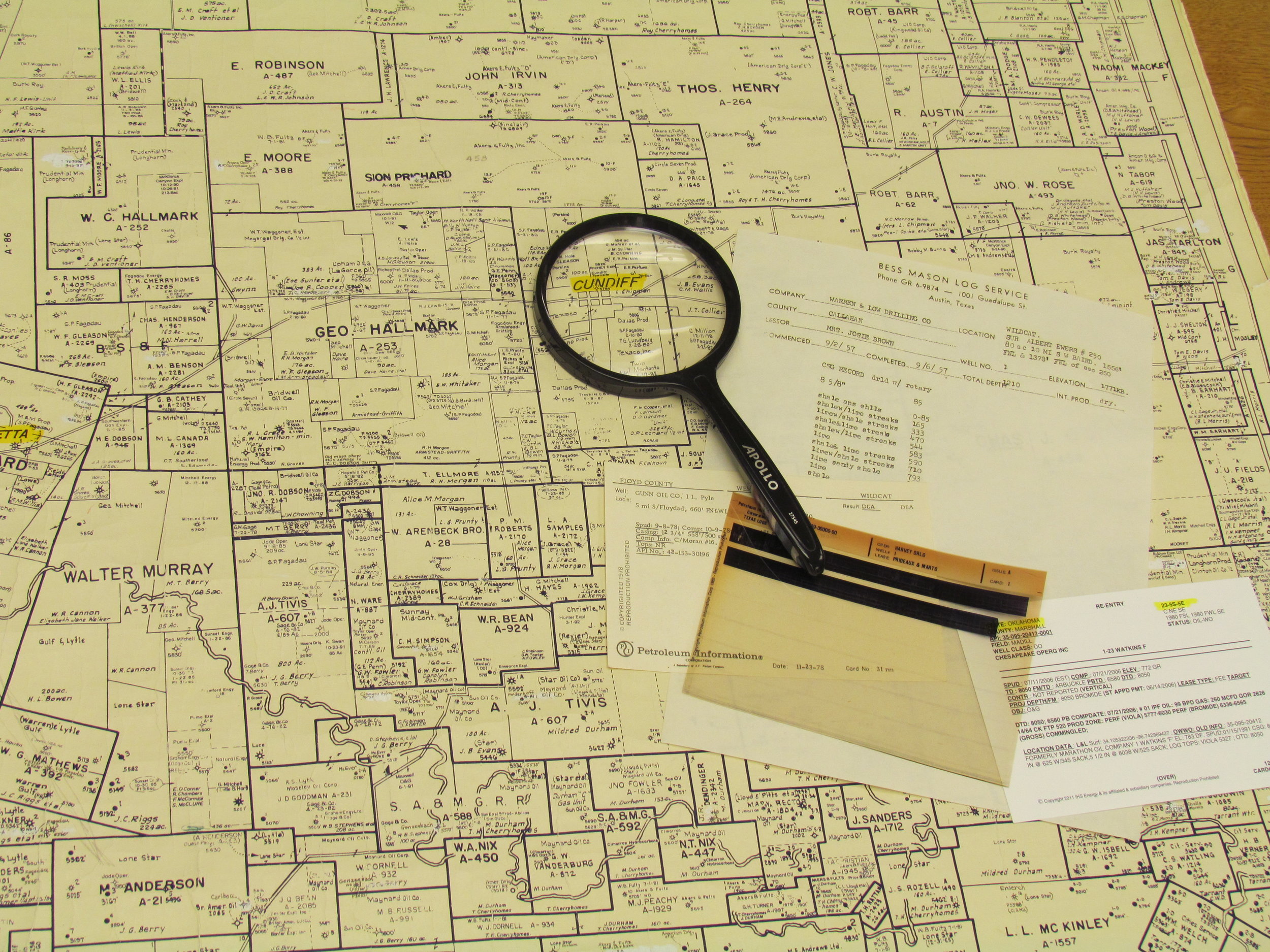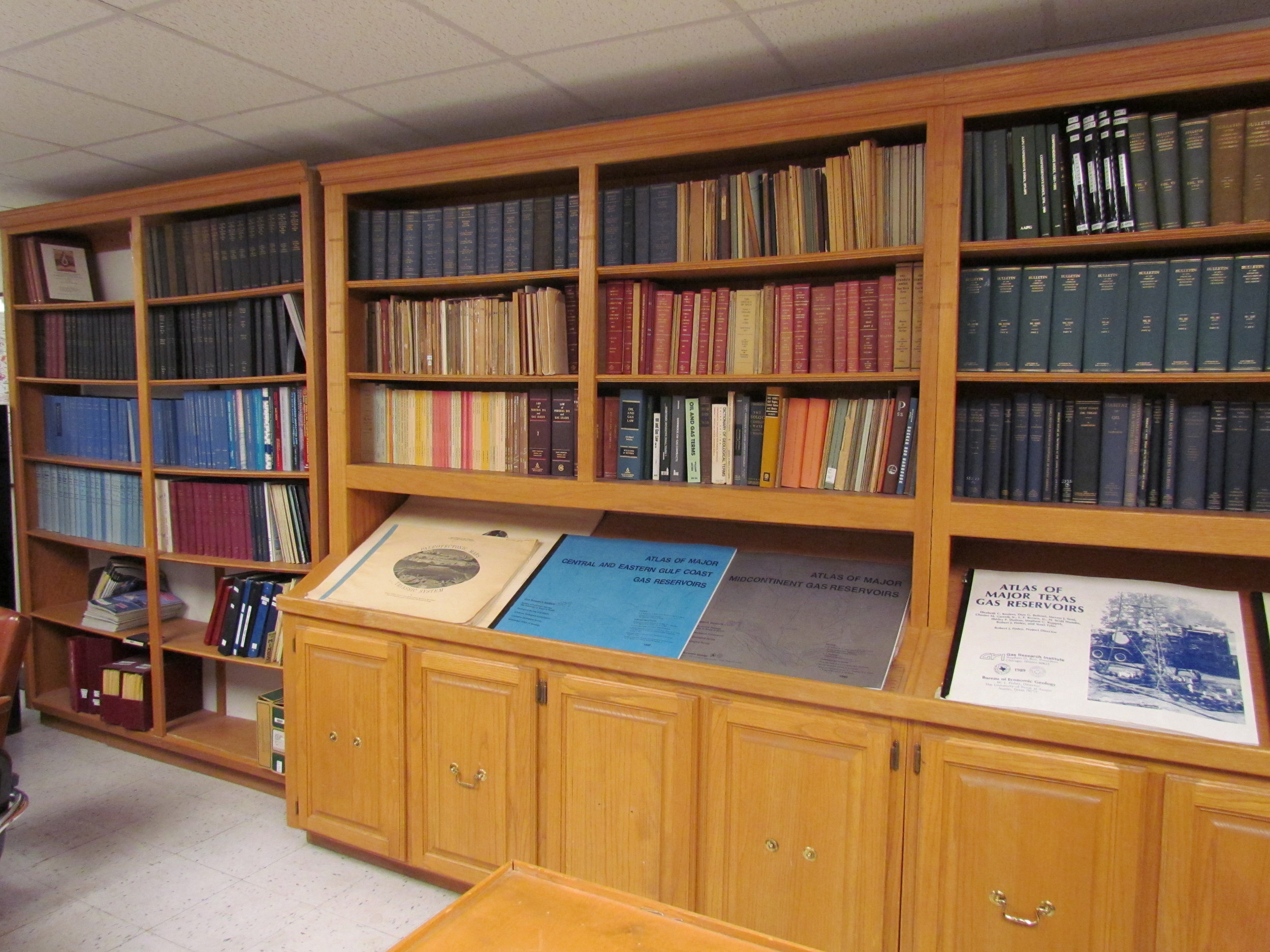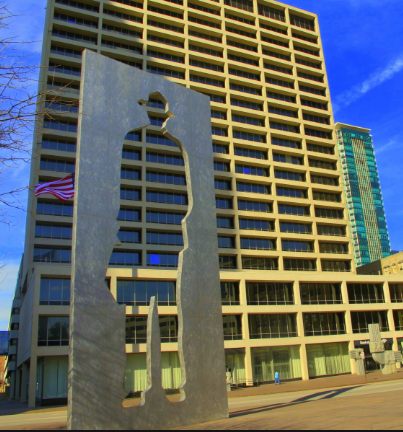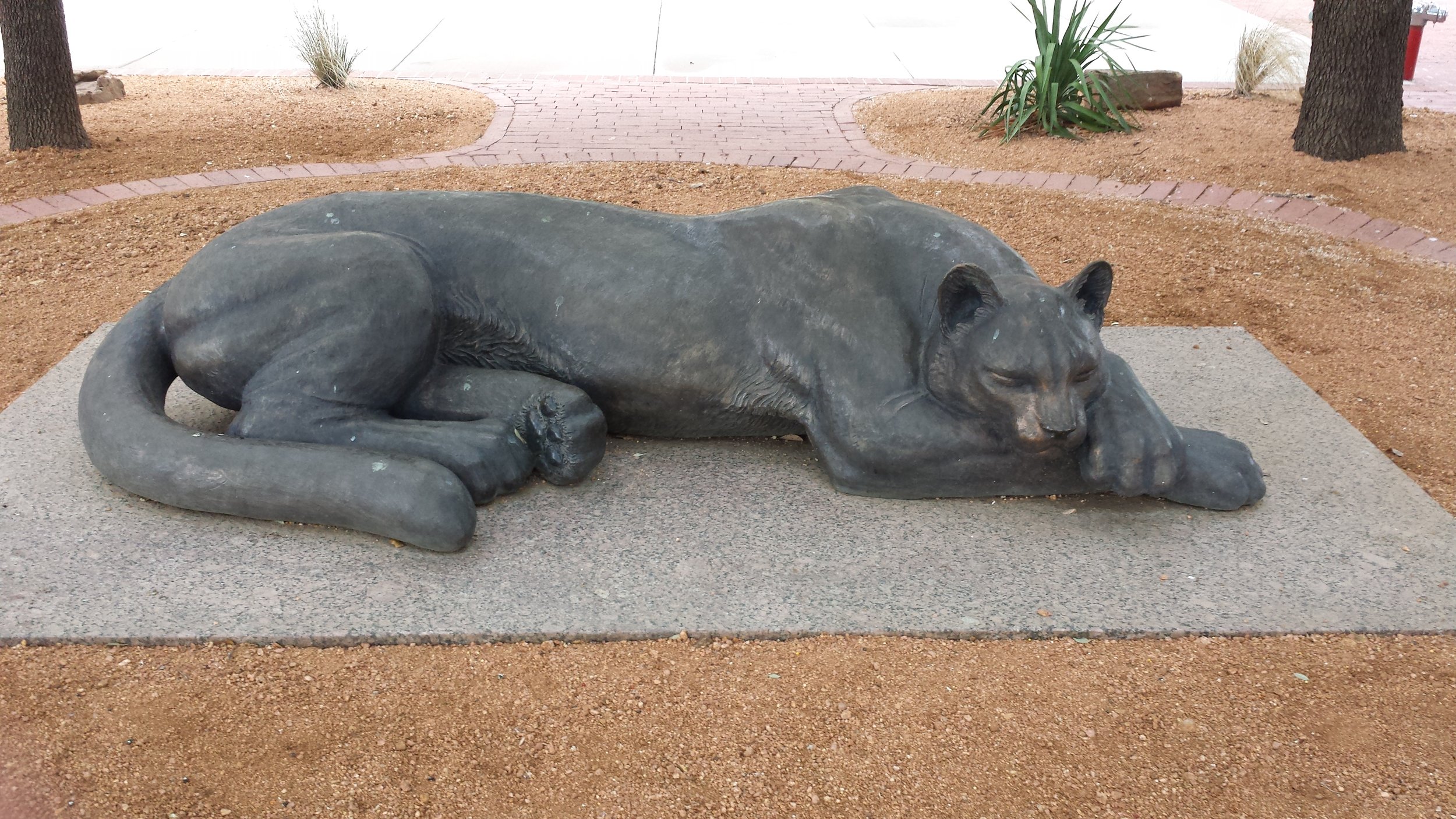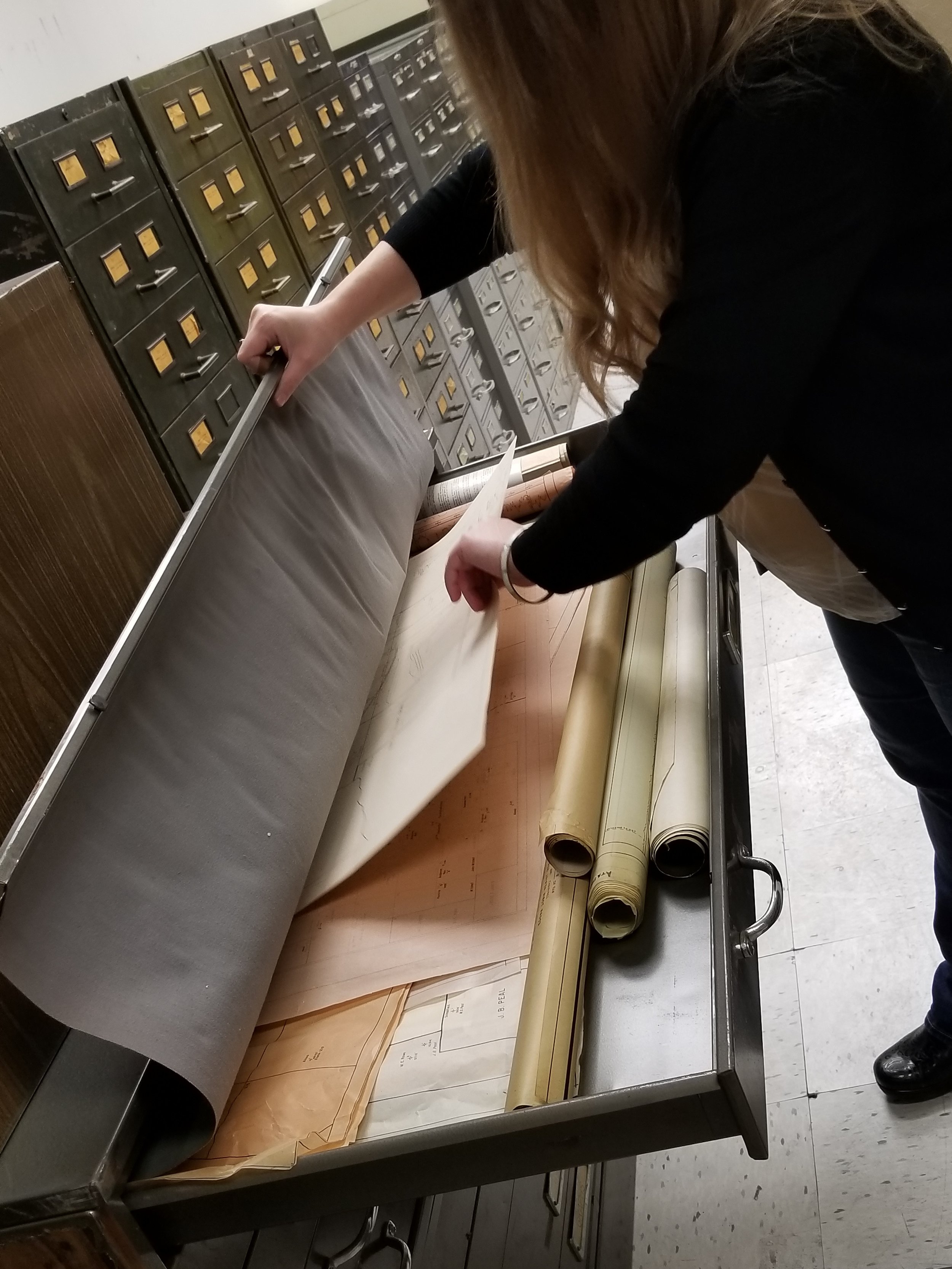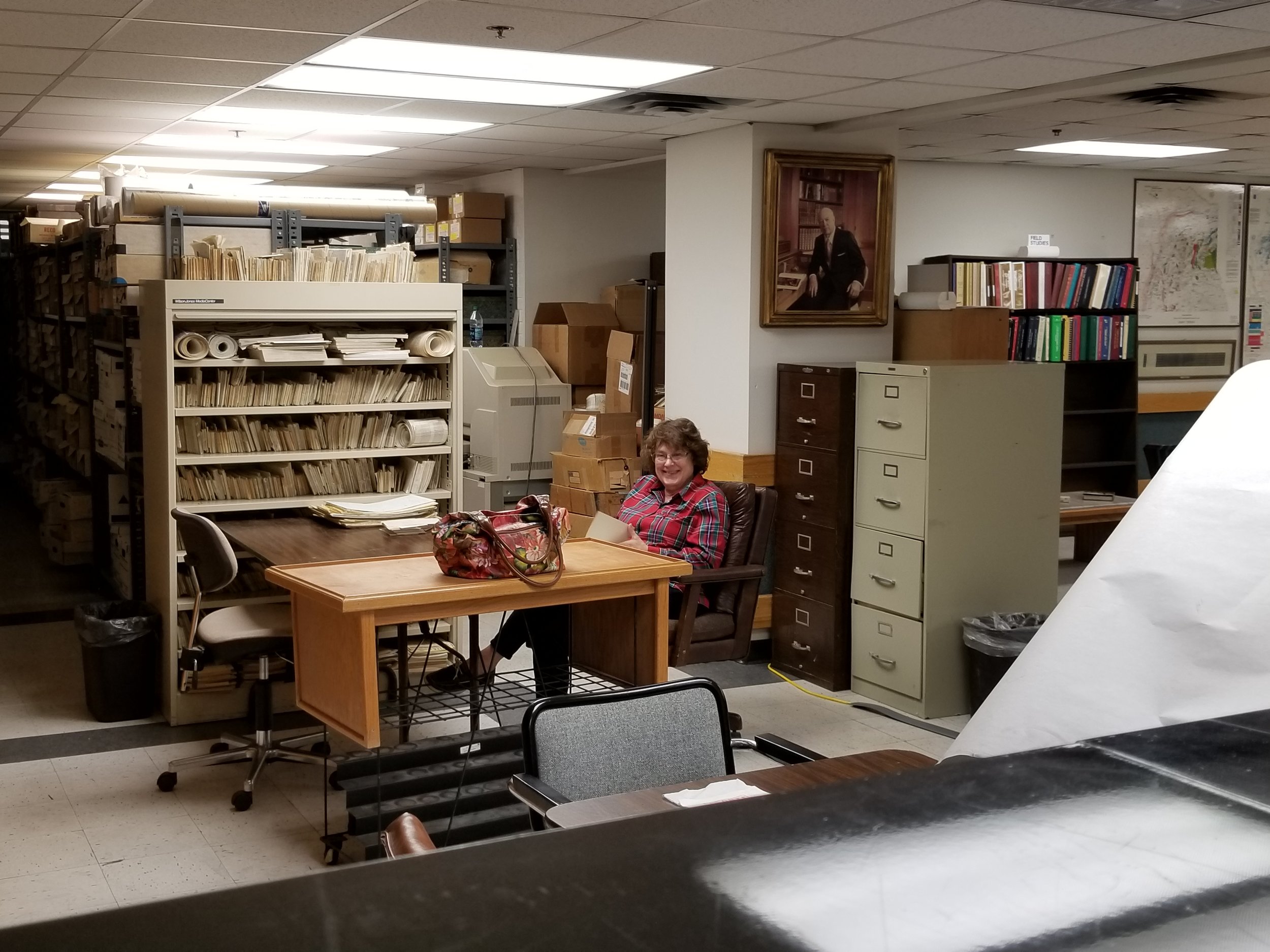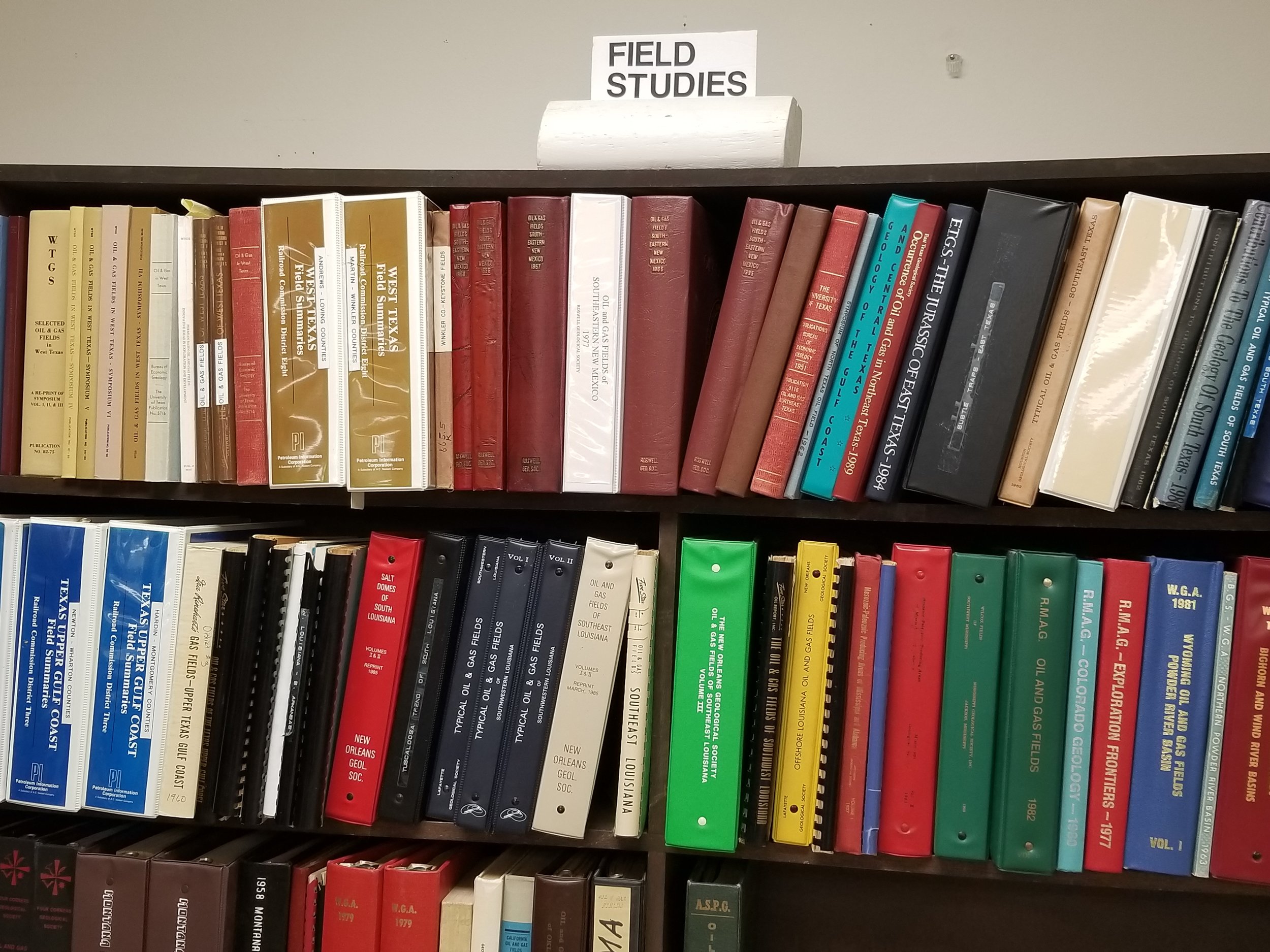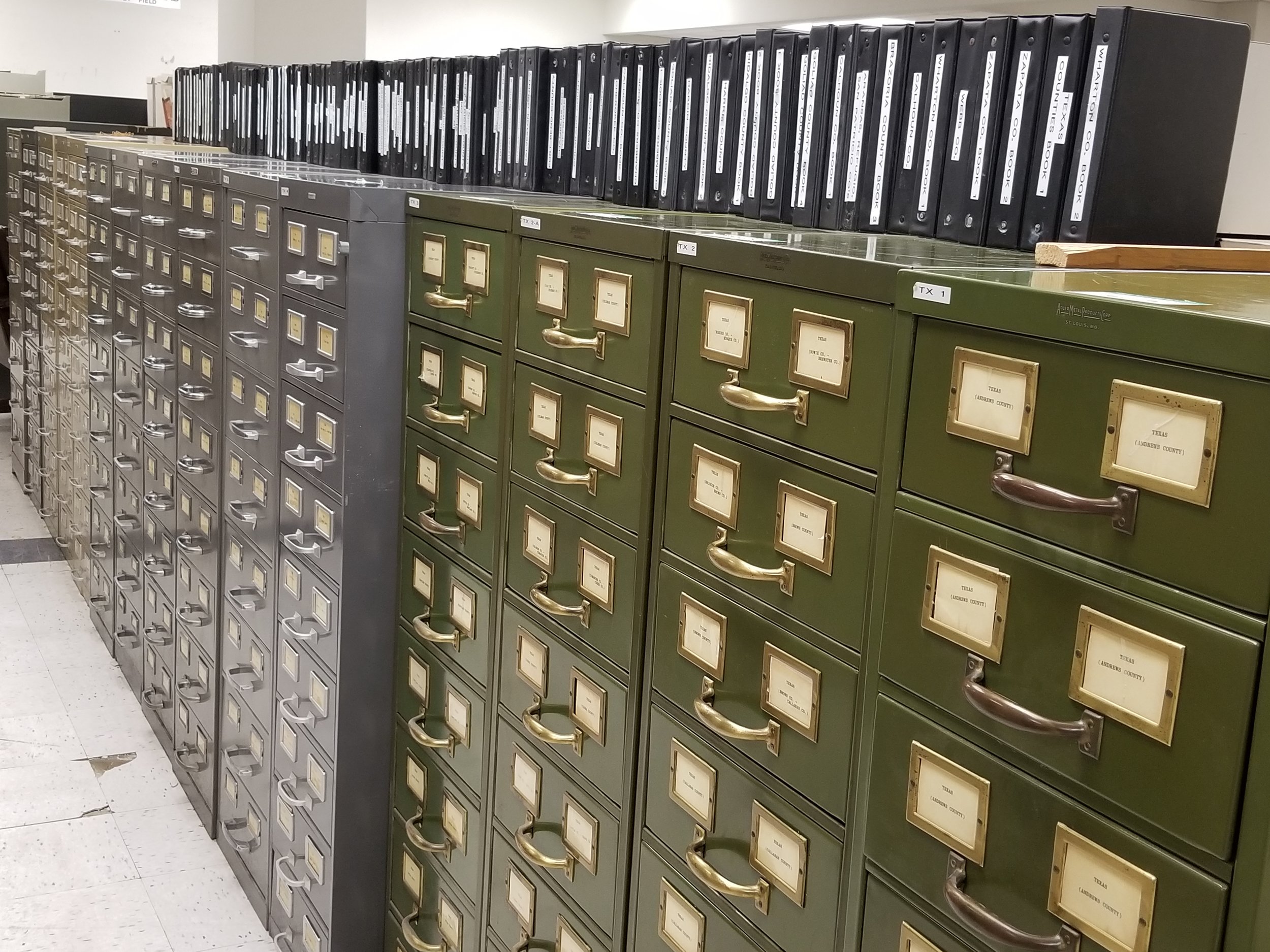End of life oil and gas wells don’t have to be end of life wellbores. In recent years, many new ideas and technologies have been developed to repurpose wellbores, many of which focus on energy transition disciplines. This tech-talk will present industry leaders speaking about 3 of the established opportunities to repurpose wellbores in meaningful and economic ways.
Register at HERE to attend
Morning Session
8:35 Sign In
8:50 Announcements
9:00 Geothermal Talk - Joseph Batir, Teverra
9:50 Lithium Brine Mining - Susan Nash, AAPG
10:40 CCUS - Derek Gonsuron, S&P Global
Afternoon Session
12:45 Sign In
1:00 Announcements
1:10 Geothermal Talk - Joseph Batir, Teverra
2:00 Lithium Brine Mining - Susan Nash, AAPG
2:50 CCUS - Derek Gonsuron, S&P Global
3:40 Land Implications - Jared Clarke, Forza Resources
Happy Hour to Follow
Dr. Joseph Batir, Geothermal Lead for Teverra, discusses these different technologies with an emphasis on geothermal energy opportunities, even where traditional geothermal isn’t available.
Dr. Susan Nash, Director of Innovation & Emerging Science and Technology for AAPG, discusses the dynamics of lithium exploration and extraction.
Derek Gonsuron, Head of US Content - Upstream Solutions, discusses CCUS and the rise in funding to support projects around the country.
Jared Clarke, Owner/Partner at Forza Resources, discusses implications from alternative wellbore uses from the land perspective.

















